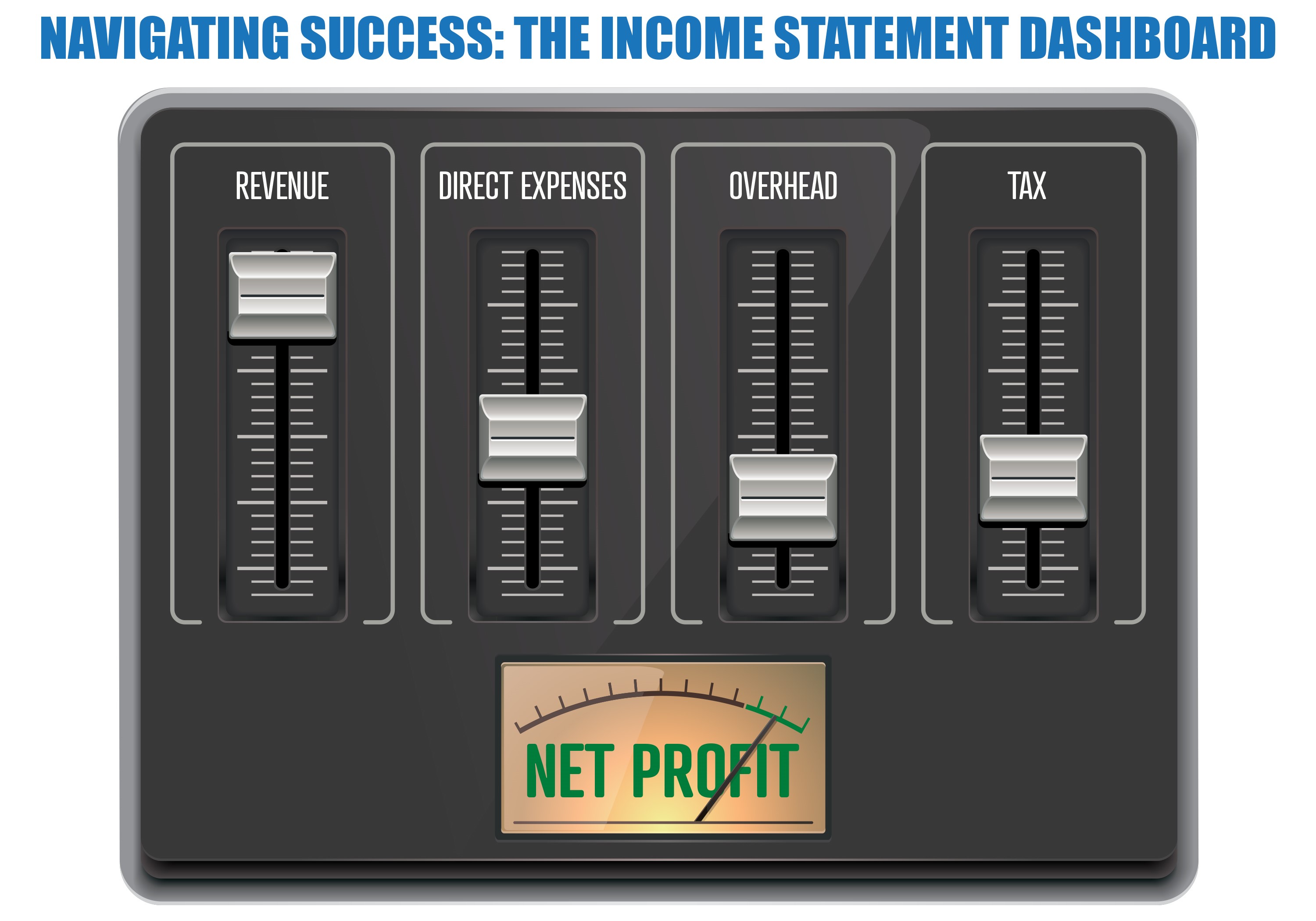“The plans of the diligent lead to profit as surely as haste leads to poverty.” – Proverbs 21:5
As a director of a commercial bank and various organizations across the public and private sectors, I have navigated the complexities of financial statements, witnessing the highs and lows that shape our regional enterprises.
The income statement is key for businesses navigating the stormy market. Mastery over the nuances of fees, direct expenses, overheads, gross profit percentages, taxes, and net profit is not just good practice – it’s crucial for survival and growth in the Caribbean’s dynamic economic landscape.
The rise of “dashboards” – business intelligence tools that provide key performance indicators (KPI) on a single screen – is a testament to the need for concise, real-time data.
Our Rotary Club’s experience, over the past three years, with presenting a “Weekly Dashboard” during the planning and execution of our annual CHOKHA FEST brunch fundraiser exemplifies this. By providing up-to-date KPIs, we aim to inspire members to boost their sales efforts leading up to the event.
Three weeks ago, I discussed the importance of the “Balance Sheet Dashboard” for managing personal finances. This week, I introduce the “Income Statement Dashboard”, a tool for tracking how monthly business revenue is allocated across various categories:
1. Direct expenses
2. Indirect expenses (overhead)
3. Gross profit percentage
4. Government tax
5. Net profit
Our voyage begins with revenue, the vital stream of service-centric businesses in the Caribbean. Direct expenses, including materials and labor or service delivery costs, form the foundation, revealing the cost of providing our services and our initial profitability.
Overheads, the constant winds we must sail against, require effective management to ensure profitability. They test our operational efficiency and productivity.
Gross profit serves as our compass, shedding light on the success of our pricing and cost control strategies. A healthy gross profit margin signals resilience and strategic acumen.
Government taxes, though often seen as a burden, are essential contributions to the region’s infrastructure and societal well-being. Bonuses reward our crew’s hard work and dedication, incentivising exceptional performance.
Net profit is the treasure every Caribbean business seeks. It is what remains after all expenses, taxes, and bonuses have been deducted from our gross profit. This final sum reflects a business’s ability to manage resources, adapt to challenges, and capitalize on opportunities within the Caribbean’s dynamic market.
Understanding and leveraging these income statement elements is not merely beneficial – it’s imperative for Caribbean businesses. Amid economic volatility, natural disasters, and the lingering impacts of global events, grasping these financial relationships is vital to surviving and thriving.
As we navigate forward, let us remember each element’s critical role in our journey and monitor them diligently through the income statement dashboard. Together, they tell the story of where we’ve been, where we are, and most importantly, where we’re capable of going.

(Dr. Basil Springer GCM is a Change-Engine Consultant. His email address is basilgf@marketplaceexcellence.com. His columns may be found at https://www.nothingbeatsbusiness.com).
